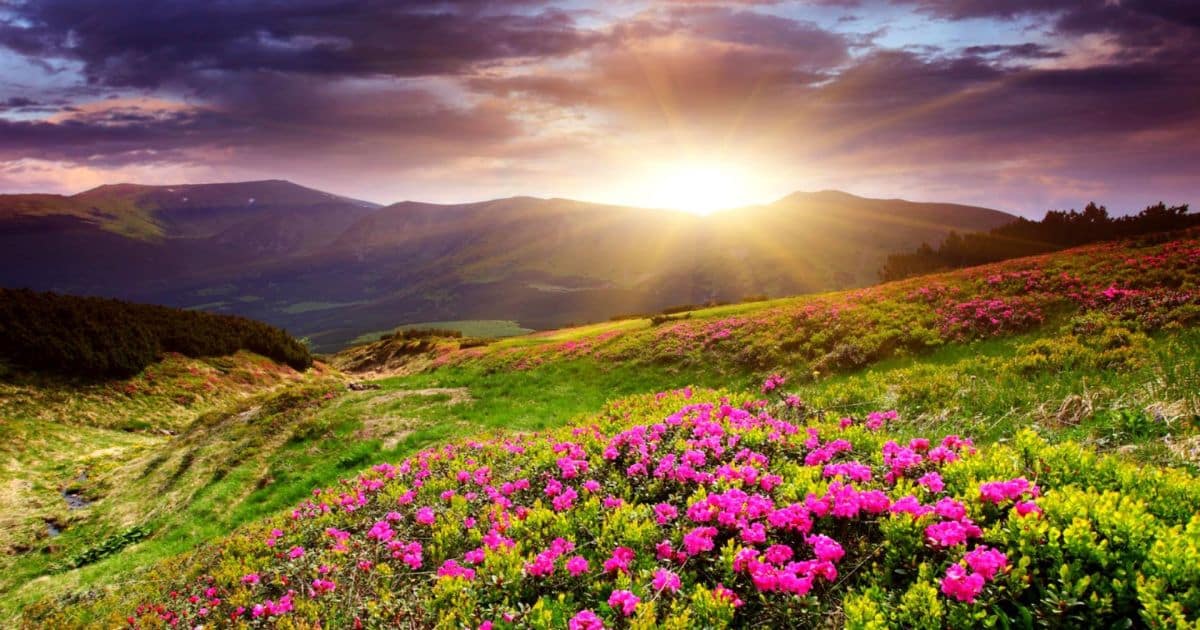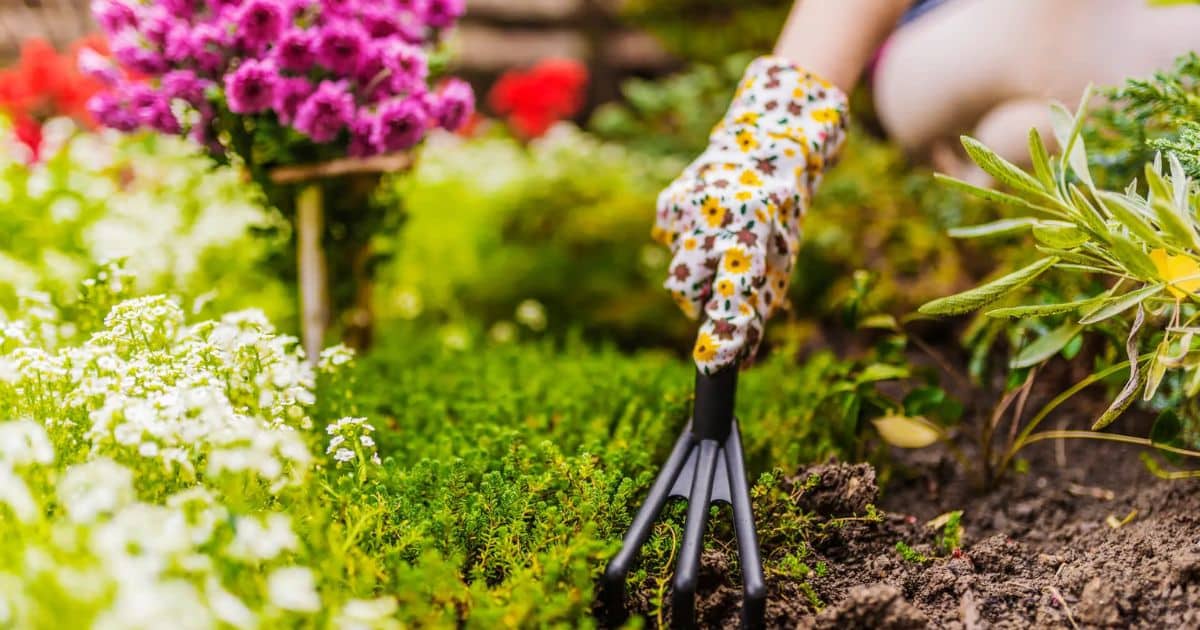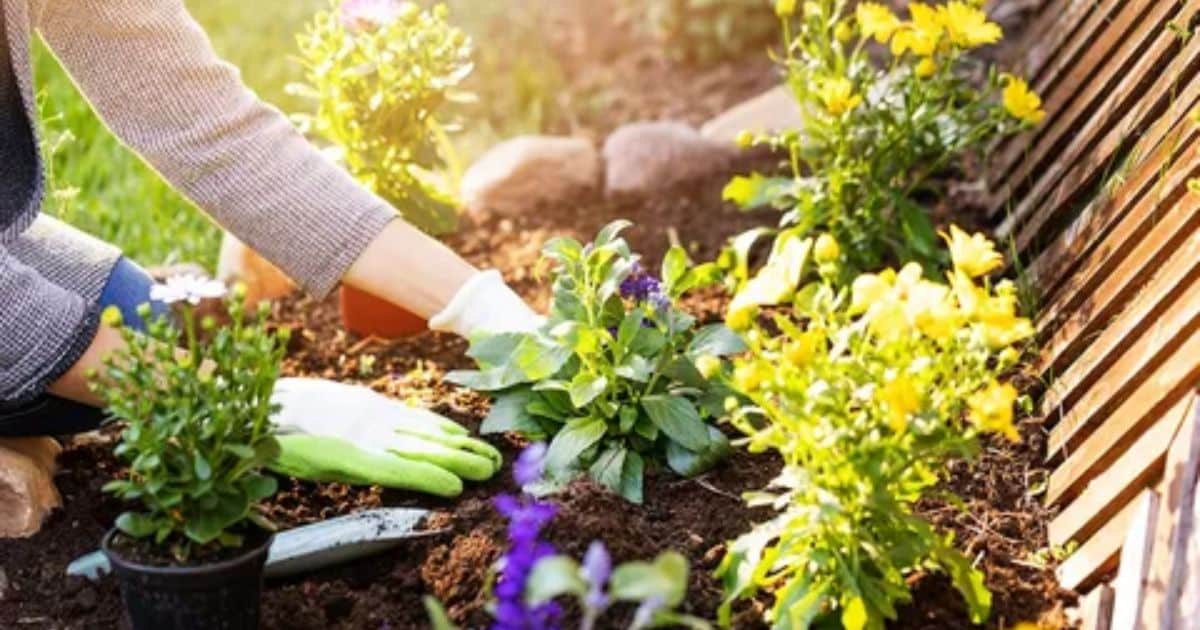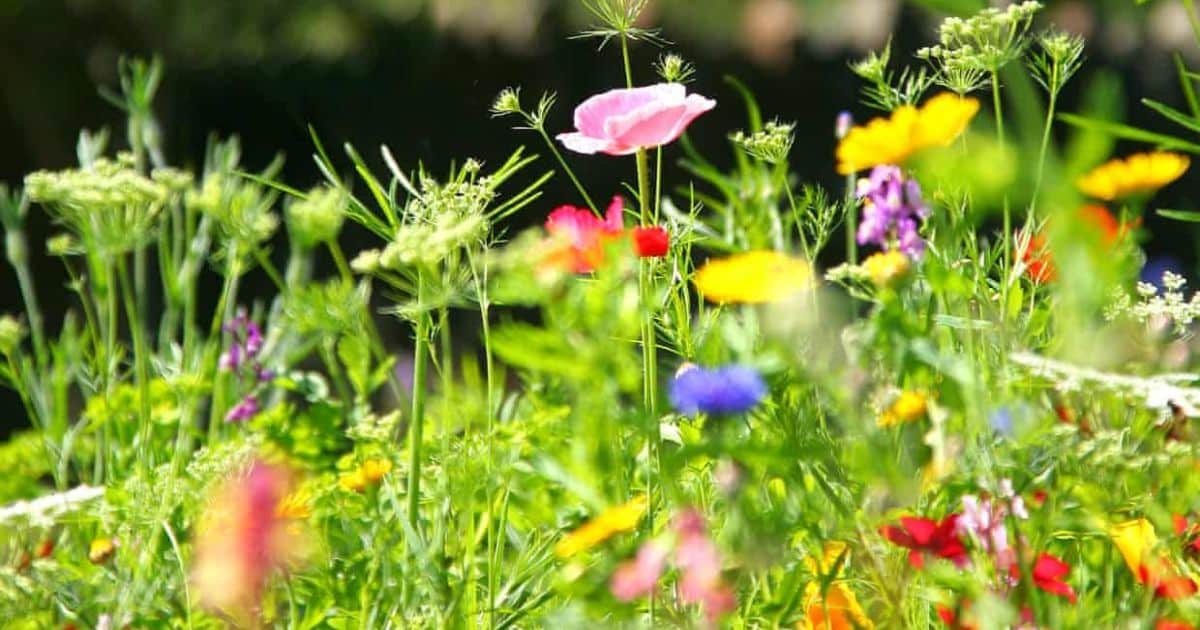Creating a wildflower garden takes some planning and preparation, but the end result is well worth the effort. A successful wildflower garden will burst with color from spring through fall, attracting butterflies, bees, and birds along the way. Follow this guide to select the right location, choose the perfect wildflower seed mix, properly prepare the soil, sow the seeds, and maintain your wildflower garden for maximum bloom. With the right approach, you’ll have a gorgeous and ecologically friendly wildflower garden that brings joy year after year.
Selecting the Right Ground and Flowers

Choosing the optimal spot and wildflower varieties is key to growing a thriving wildflower garden. Consider the following factors when planning your wildflower bed.
Sunlight
Most wildflowers require full sun, which means at least 6 hours of direct sunlight per day. Scout out the sunniest spot in your yard before choosing the wildflower garden location. At least 8 hours of sun is even better. If you don’t have an appropriately sunny spot, consider solarizing part of your lawn to create a new flower bed.
Soil testing
Test your soil to identify any nutrient deficiencies that could inhibit wildflower growth. Home soil testing kits are inexpensive and easy to use. Or you can send a sample to your local agricultural extension office for analysis. Amend the soil as needed to correct pH and nutrient imbalances before planting.
Seed mix
Purchase a premade wildflower seed package or create your own unique blend. Include annuals, perennials, and native wildflowers suited to your region and climate. Consider moisture needs, bloom times, colors, and height to create a diverse, multilayered garden.
Preparing the Ground

Proper soil preparation facilitates sprouting and helps young wildflowers establish roots. Follow these tips to get your wildflower garden ready for planting.
Planting date
Schedule planting for early spring after the last frost or in fall at least 6-8 weeks before the first frost. This gives seeds time to germinate and plants to mature before winter.
Tilling
Loosen and turn over the top 4-6 inches of soil using a tiller or spade. Break up clumps and remove rocks, roots, and weeds. Well-worked, weed-free soil gives wildflower seeds their best shot.
Raking
Smooth and level the soil into an even bed using a garden rake. Create furrows or shallow trenches if planting large seeds.
Fertilizer
Work compost, manure, or other organic matter into the top layer of soil. Avoid synthetic fertilizers which can inhibit wildflower growth.
Planting the Seeds

Follow these simple steps for sowing wildflower seeds to maximize germination.
- Seed amount: Check the seed package for recommended sowing density. As a rule of thumb, use 3 seeds per square inch for small seeds, 1-2 seeds per square inch for large seeds.
- Mixing seeds: For blended wildflower seed packets, mix together all the varieties before sowing. This ensures the flowers are evenly distributed.
- Spreading seeds: Sow seeds by hand, scatter evenly across prepared soil. Or fill a seed spreader or sifter for even coverage. Go over the area twice at perpendicular angles.
- Raking soil: Gently takes over the planted area to work seeds into the top 1/4 inch of soil. Take care not to bury too deeply.
- Water: gently but thoroughly after planting. Keep soil moist but not soaked until seeds begin to sprout.
Maintaining the Garden

A bit of care and upkeep keeps your wildflower garden thriving all season.
Bird protection
Cover newly planted beds with netting to protect seeds and sprouts from angry birds. Remove once plants establish.
Weeding
Pull weeds as soon as they sprout to prevent them from crowding out young wildflowers. Weed carefully to avoid disturbing roots.
Mowing
Avoid mowing the entire wildflower garden. But trim grass around the edges to keep it from invading. Deadhead spent flowers to encourage more blooms.
With proper site selection, soil preparation, planting techniques, and routine care, your wildflower garden will flourish! The long-lasting blooms and low maintenance make wildflowers a joy for any gardener. Follow this guide to create a spectacular wildflower garden that injects color and life into your landscape year after year.
FAQ’s
What type of location is best for a wildflower garden?
Wildflowers thrive in spots with full sun exposure – at least 6-8 hours of direct sunlight per day. Choose the sunniest part of your yard when picking out a location.
What kind of soil preparation is needed?
Before planting, loosen the top 4-6 inches of soil with a tiller and remove any rocks, weeds, or debris. Then rake smoothly to create an even bed for sowing seeds.
How densely should I plant the wildflower seeds?
Check your seed packet, but a general rule is to sow small seeds 3 per square inch and large seeds 1-2 per square inch.
How much water do wildflowers need?
Water thoroughly after planting and keep the soil moist until seeds germinate and sprout. Then let mature plants rely on natural rainfall.
What kind of ongoing care is required?
Protect sprouts from birds, weed regularly before plants establish, and mow grass around garden edges. Deadhead blooms to prolong flowering.
Conclusion
Creating a gorgeous, low-maintenance wildflower garden is simple when you follow the right steps. Proper planning and preparation sets your garden up for success. Choose a sunny spot, test and amend the soil, and select an appropriate wildflower seed mix. Sow seeds at the right time of year using proper planting techniques. Keep newly sprouted plants well-watered and protected from birds and weeds. Ongoing maintenance like weeding, mowing edges, and deadheading spent blooms keeps your garden looking great.
Follow this complete wildflower garden guide and you’ll be rewarded with vivid blooms from spring through fall, less work than a cultivated garden, and invaluable support for pollinators. Let your wildflower garden flourish and enjoy its vibrant color and wildlife all season long.











